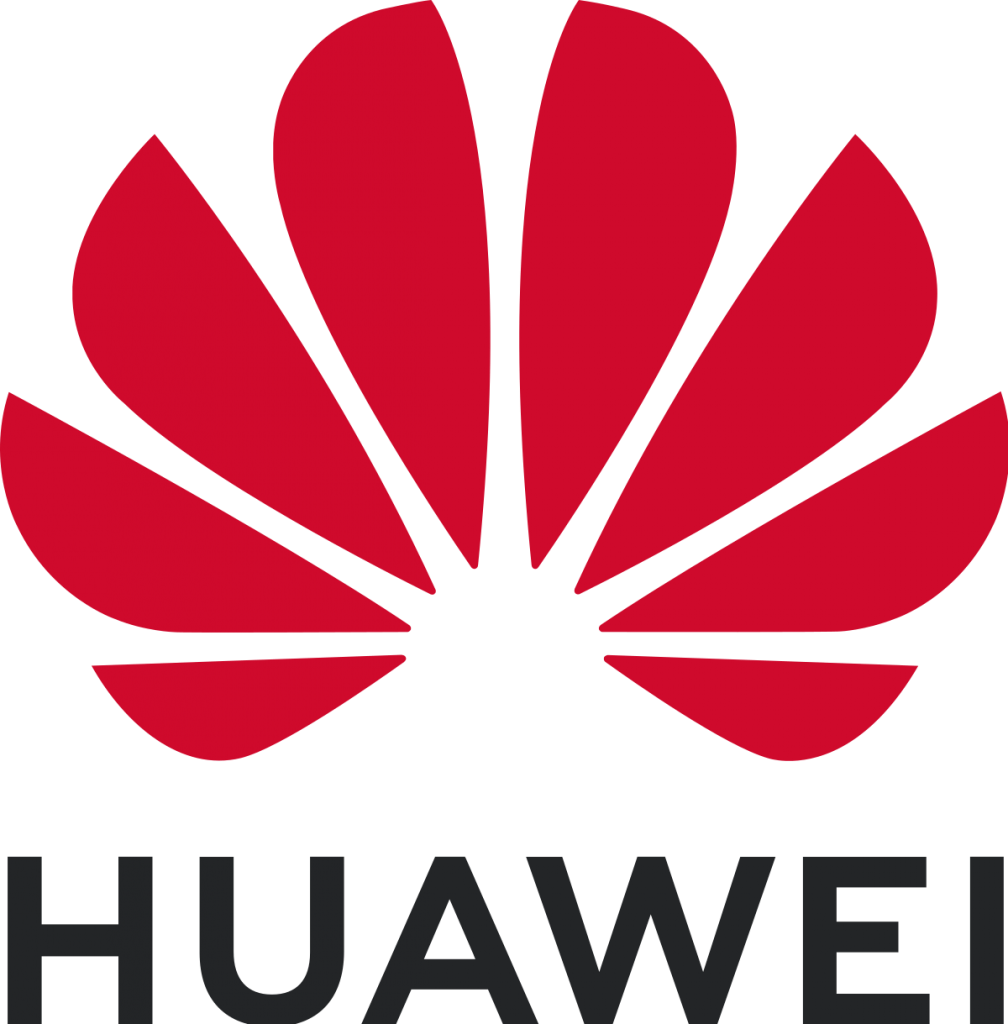Samsung Wows Users with Specs for the Latest Galaxy Note 20 Ultra
The last few weeks has brought with it exciting news for tech enthusiasts. Major players within the smartphone market, such as Google and Huawei, have dropped details regarding their newest releases, with Google coming out with three new model specifications. Not wanting to be left too far behind, Samsung has now announced two new models for this year, and the specs for the same have left users excited and baffled. Here’s a look at everything you need to know about Samsung’s promises and how they compare with the rest on the market.

Galaxy Series Revamped
Samsung came out yesterday and officially announced its Galaxy Note lineup for this year. The two models which will come out this year include the Galaxy Note 20 and the Note 20 Ultra. Both these phones will have the S Pen stylus that sets the Note series apart. However, the models re also quite different from their predecessors.
Upgrading and Downgrading
Like with the Galaxy S20 that came out earlier this year, Samsung is raising the bar for the Ultra series by ramping up specifications. The Ultra series will soon be very high-end smartphones that feature a sleuth of top-notch functionalities and features. However, this has led to the regular phone missing out on some essential functionalities. For instance, Note 20 does not have a very high refresh rate, extra microSD storage, or periscope zoom lens. But, cutting back on these features has not led to a less expensive phone with the 8GB RAM model costing a whopping $999.99.
However, the Note 20 Ultra, has every feature Samsung can come up with, other than the folding screen technology. This high-end smartphone will cut users back by $1,299.99 if they go for the 128GB storage-12GB RAM one, and $1,449.99 for 512GB storage model. Preorders for both will begin on August 6th, and the shipping will start on August 21st as per the reports.
Support and Specs
Both phones will support both types of 5G networks, and this is something that the company is pushing heavily. Furthermore, they will feature an S Pen with improved latency and more support for gestures to use the phone remotely. Both of them have a wireless fast charging option while also supporting reverse wireless charging. The phones will be shielded using the newest Gorilla Glass that is scratch-resistant.
Both phones have stereo speakers that run on Dolby technology, are IP68 standard water-resistant, and will come with Android 10. Videography capability has been improved, with both phones capable of recording in 8K and support the option of better external microphones. Samsung has also leveraged its tie-up with Microsoft to offer users more software updates, and the DeX works wirelessly through Miracast.
Killer Looks
Both the Notes have a new finish that Samsung has dubbed Mystic. The look has a textured finish that will help diminish, hide and reduce fingerprint marks on the outer surface of the phone. While the Ultra will come in black, white, and bronze, Note 20 will be out in grey, green, and bronze.
Best Specs in the Market
The Ultra will take the place of Samsung’s most efficient and highest tier phone that specialises in excellence. It will be what the company will offer as something second to none within the market. Also, with the new Ultra, Samsung wants to correct the mistakes that it made on the S20 Ultra. It is a large square phone with a curved screen that minimizes bezel-visibility. The massive 6.9-inch OLED display has a refresh rate of 120 HZ and a resolution of 1440p. The three cameras in the back will have one that is of a whopping 108 megapixels, while another will include a periscope. The phone runs on the Snapdragon 865 Plus and comes with 12GB of RAM, while also supporting additional SD storage. There is no doubt that spec-wise, the Ultra will be the new king of the smartphone industry, running on a 4,500mAh battery and supporting both types of 5G.
The Note 20 Ultra also supports Ultra-Wideband radio enabling users to share files easily by pointing their devices at each other. Since the iPhone 11 Pro featured the UWB, Samsung had no choice but to follow suit. Along with this, the company has also announced a new watch, earbuds, and tablet, while also coming out with a Z Flip phone with 5G compatibility. It will be interesting to see how the phone sells, and how Samsung’s Note 20 Ultra will hold its own within the high-end smartphone market.

Being a cinephile with a love for all things outdoorsy, Athulya never misses a chance to chase inspiring stories or poke fun at things, even when the subject is herself. Currently pursuing a degree in mechanical engineering, she is someone innately interested in technical and scientific research. Music reviews and op-eds define her as they allow her to explore different perspectives. Though sometimes she thinks she makes more sense playing the guitar than she does while writing.





